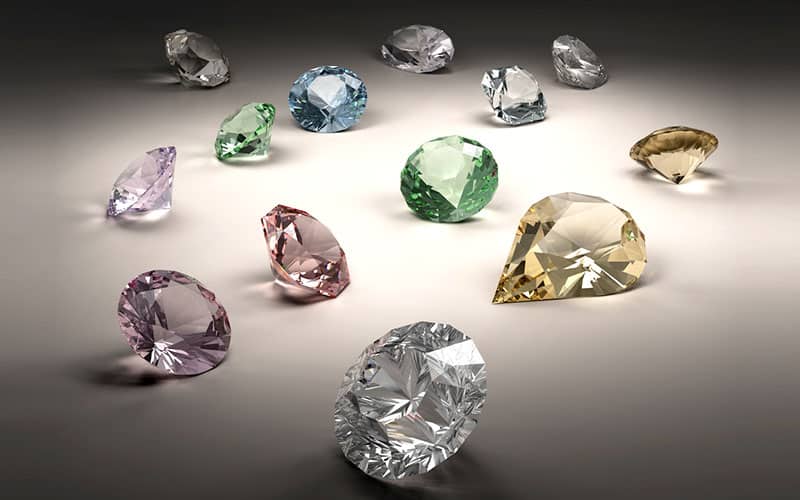
Lab-Grown Diamond Vs Natural Diamonds
Share
When it comes to diamonds, there are two main types: lab grown diamonds and natural diamonds. But what exactly is the difference between these two types of diamonds?
Composition and Formation
Natural diamonds are formed deep within the Earth's mantle under extreme pressure and heat over millions of years. They are composed of pure carbon atoms arranged in a crystal lattice structure. On the other hand, lab grown diamonds are created in a controlled environment using advanced technology that replicates the natural diamond-growing process. These diamonds have the same chemical composition and physical properties as natural diamonds.
Quality and Purity
Lab grown diamonds are often considered to be of higher quality and purity compared to natural diamonds. This is because they are grown in a controlled environment, which eliminates the impurities and imperfections that can be found in natural diamonds. In fact, lab grown diamonds can have fewer inclusions and a higher clarity rating than natural diamonds.
Environmental Impact
One of the key advantages of lab grown diamonds is their minimal environmental impact. The process of growing diamonds in a lab is more sustainable and eco-friendly compared to traditional diamond mining, which can have detrimental effects on the environment. Lab grown diamonds also do not require the same level of energy and resources as natural diamonds.
Cost and Accessibility
Due to the controlled production process and lower environmental impact, lab grown diamonds are often more affordable than natural diamonds. This makes them a more accessible option for consumers who are looking for a high-quality diamond without the high price tag. Additionally, lab grown diamonds are becoming increasingly popular in the jewelry industry as a sustainable and ethical alternative to natural diamonds.
In conclusion, while both lab grown diamonds and natural diamonds are chemically identical, there are significant differences in their formation, quality, environmental impact, and cost. Understanding these differences can help consumers make an informed decision when choosing a diamond for their jewelry.
